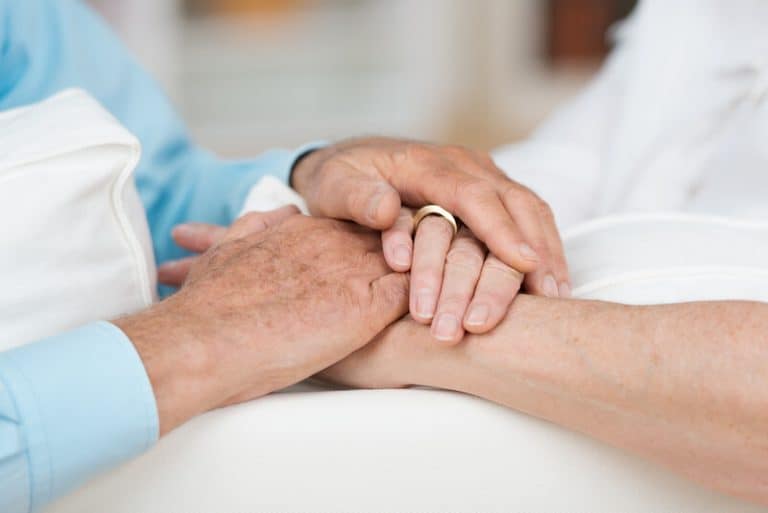The Victorian Voluntary Assisted Dying Act came into effect in June 2019, a year ago, following long, intense and very divided public debate.
It’s not yet known how many Victorians have used the laws to end their lives. The number of people making inquiries (the first step along the way to assisted dying) was about 400 in this first year — double what had been anticipated.
This article from The Conversation looks at what is happening, one year on, and how the Act appears to be working.

It is still too soon to come to any definitive conclusion, and deep social divides still exist on the issue. But overall the Act does seem to be working reasonably well, in spite of remaining challenges with logistical and bureaucratic issues.
Aspects that have been working fairly well include ‘workable arrangements’ put in place across a number of hospital and community settings and the work of the Care Navigators, with the network they have established of participating health professionals, the education they’ve provided for various health settings and their support for clinicians and medical professionals.
It is interesting to note that the article also points out that the coronavius pandemic has also influenced the current situation, as patients seek advice on dying because of anxiety about contracting the disease.
The somewhat onerous bureaucratic requirements for paperwork and forms has been criticised as a problematic barrier, although no solution to this has yet been proposed, given the need for caution and safeguards.
A shortage of specialist doctors who are willing and trained to participate is also an obstacle, as is the law prohibiting using an electronic device to “directly or indirectly counsel or incite” someone to end their life. This law remains to be challenged – and there is to be an article soon in the Journal of Law and Medicine on this issue.
Other important points made in the article include the need for more data from participants in the scheme in order to evaluate its progress and make improvements, as well as “continuing open and articulate debates about these subjects, based on rigorously collected data.“
[Source: The Conversation]
